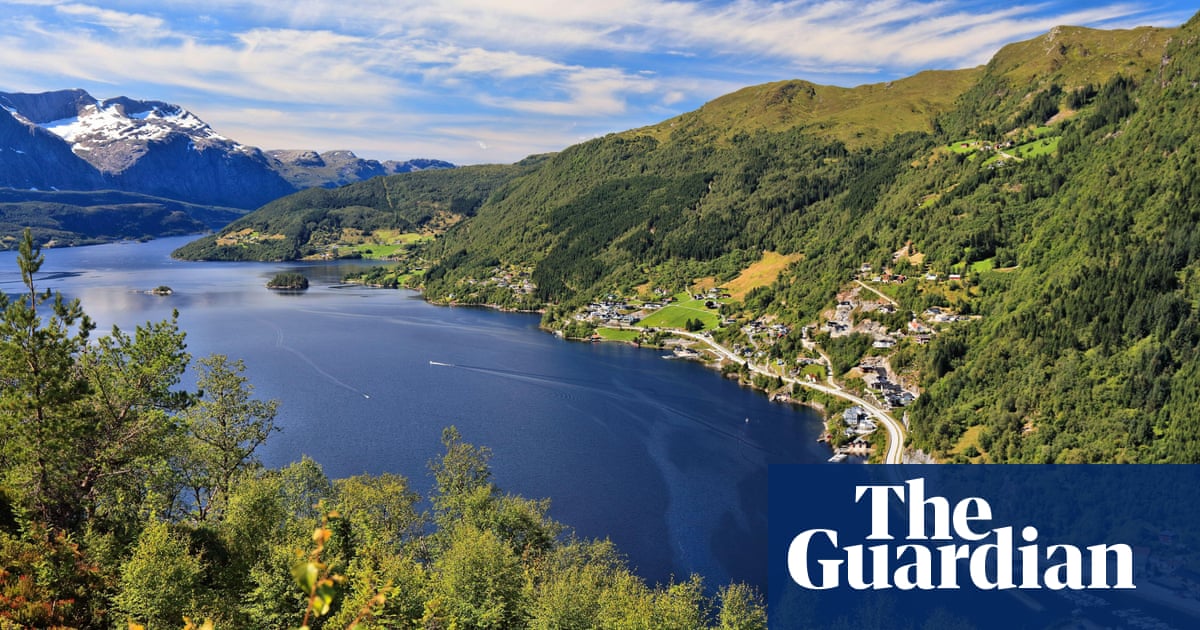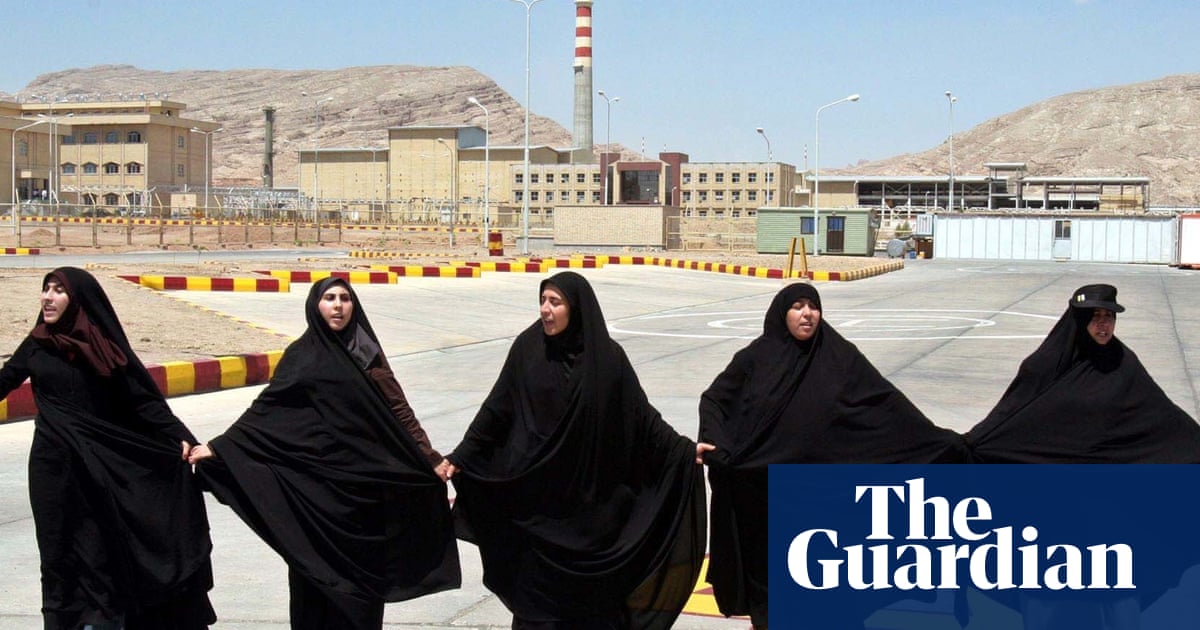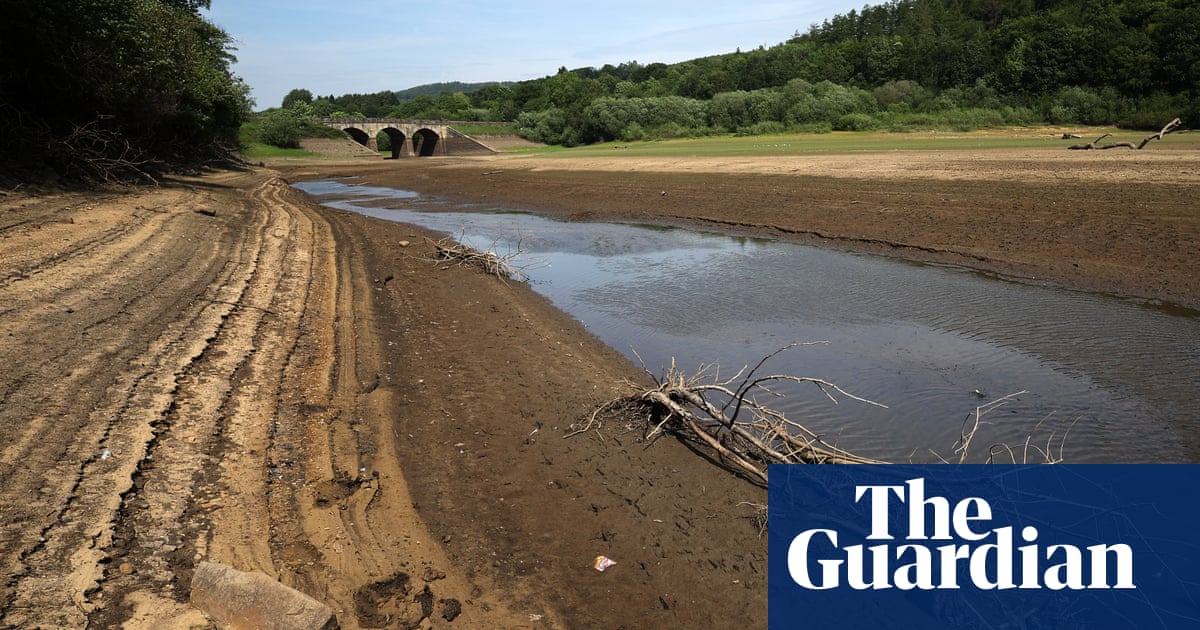Norway to open protected rivers to hydropower plants | Norway

The Norwegian parliament has voted to open up protected rivers to hydropower plants, prompting fury from conservation groups who fear for the fate of fish and other wildlife.
The bill allows power plants bigger than 1MW to be built in protected waterways if the societal benefit is “significant” and the environmental consequences “acceptable”. It was voted through on Thursday as part of measures to improve flood and landslide protection.
Une Bastholm, a Green member of parliament, described the proposal as “a historic attack on Norwegian nature” when it was unveiled last week.
Environment campaigners say they believe the proposal will lead to an “endless stream” of new battles over river development. They criticised the government, who they said rushed it through without proper public consultation or environmental impact assessments.
Truls Gulowsen, head of the Norwegian Society for the Conservation of Nature, said: “We will fight for every single protected watercourse, for every river, every waterfall and every lake. We will not give up what we have won through more than a hundred years of watercourse struggle because of an ill-considered and irresponsible hasty decision.”
Norway, a Nordic country known for its dramatic fjords and pristine nature, has protected nearly 400 waterways with plans that keep them from being dammed by large power plants. Its rivers and the species in them have separately come under threat from intensive farming and climate breakdown.
Campaigners protested outside the Norwegian parliament on Tuesday and presented a petition opposing hydropower development in protected waterways that they said gathered 25,000 signatures.
Supporters of the proposal claim critics have “hyped up” the dangers to nature. The criteria for approval remains unchanged and companies seeking to build hydropower dams would still face strict assessments before being granted a permit.
The proposal was voted through on Thursday by the Conservative party, the Progress party, the Labour party and the Centre party. The Christian Democrats withdrew their support, citing uncertainty over the wording.
Pål Mugaas, a spokesperson for Norske Lakseelver (Norwegian Salmon Rivers), said: “It’s a sad day for the wild salmon and all the other species in what was supposed to be permanently protected rivers.”
Disputes over renewable energy have rocked Norwegian politics in recent months. The government collapsed at the end of January in a row over adopting the EU’s latest clean energy package.
The Norwegian electricity grid is among the cleanest on the planet – a result of its hydropower dams – and the country is a net power exporter that has long enjoyed cheap bills.
Merethe Dotterud Leiren, a political scientist at the Cicero Centre for International Climate Research, said: “This situation makes it politically harder to defend investments in renewables.”
Norway’s clean energy conflicts have so far centred on wind turbines. The refusal to dismantle a wind farm that was found to have violated the rights of indigenous Sámi reindeer herders in 2021 has attracted the support of climate campaigners around the world, including Swedish activist Greta Thunberg.
Leiren said: “In general, Norwegians are more positive to hydropower than windpower. However, there are basically no places left to build large hydroelectric power plants without building in protected nature.”
Fornybar Norge, the Norwegian renewable energy lobby group, said in a statement last week that it supported the proposal to loosen river protections.
It said: “This will, among other things, be relevant for projects that have a significant flood-reducing effect. At the same time, it is good that the decision is not a free pass for the construction of new facilities in protected watercourses.”
The Norwegian Water Resources and Energy Directorate (NVE) has previously said there is little power to be gained from exploiting rivers without significant interventions into nature.
Kjetil Lund, the NVE director, told Norwegian broadcaster NRK on Tuesday: “There is barely any great potential for development in protected waterways, unless you want to exploit the most beautiful, most valuable nature we have.”
Source link






